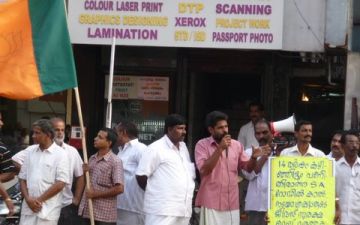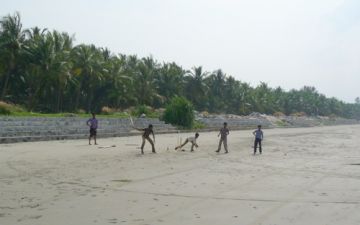In few places has coexistence between Muslims and non-Muslims been more sorely tested as in India, yet few post-colonial nations can claim a more unlikely success. Kerala is an exceptionally diverse southern state: 32 million inhabitants, 56 percent Hindu, 25 percent Muslim, 19 percent Christian, plus a scattering of other faiths, which formerly included an ancient Jewish community dating to the fall of the Second Temple.
Kerala is one of India's poorest states, with an average annual per capita income reckoned at $350, one-seventieth the U.S. average. Yet remarkably, its U.N. Quality of Life Index in 1989 was 82 percent (compared to America's 95 percent), and its male life expectancy was 70 (elsewhere in India, 58; in America, 72). The state is renowned for its outstanding colleges, its adult literacy (99 percent), excellent medical care, low birth rate, and for twice electing, and then twice voting out of office, Marxist-led coalition governments.
This reporting is part of Shareen Brysac and Karl E. Meyer's research for a book examining multicultural successes around the world entitled Pax Ethnica, which is now available from Public Affairs Books.



